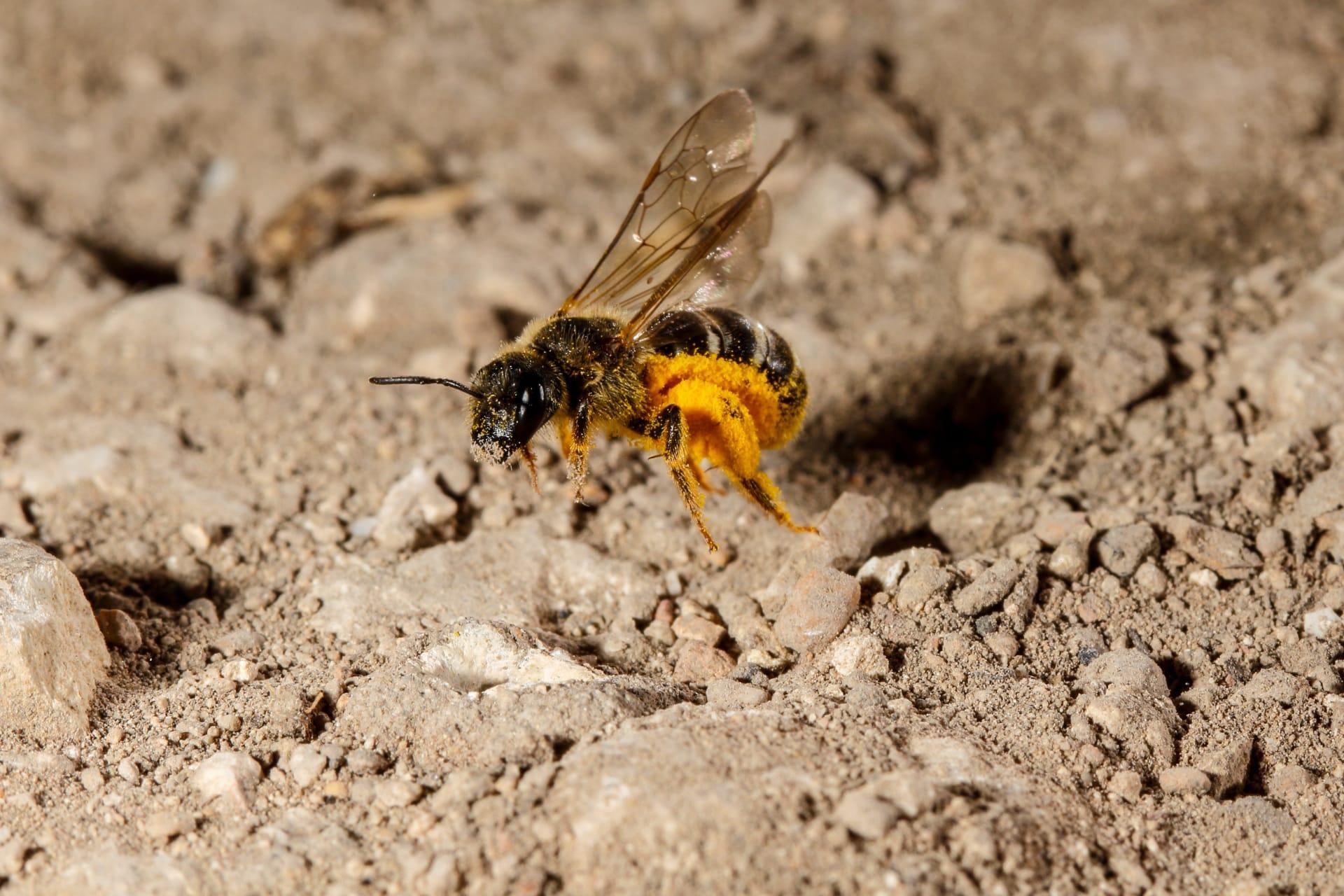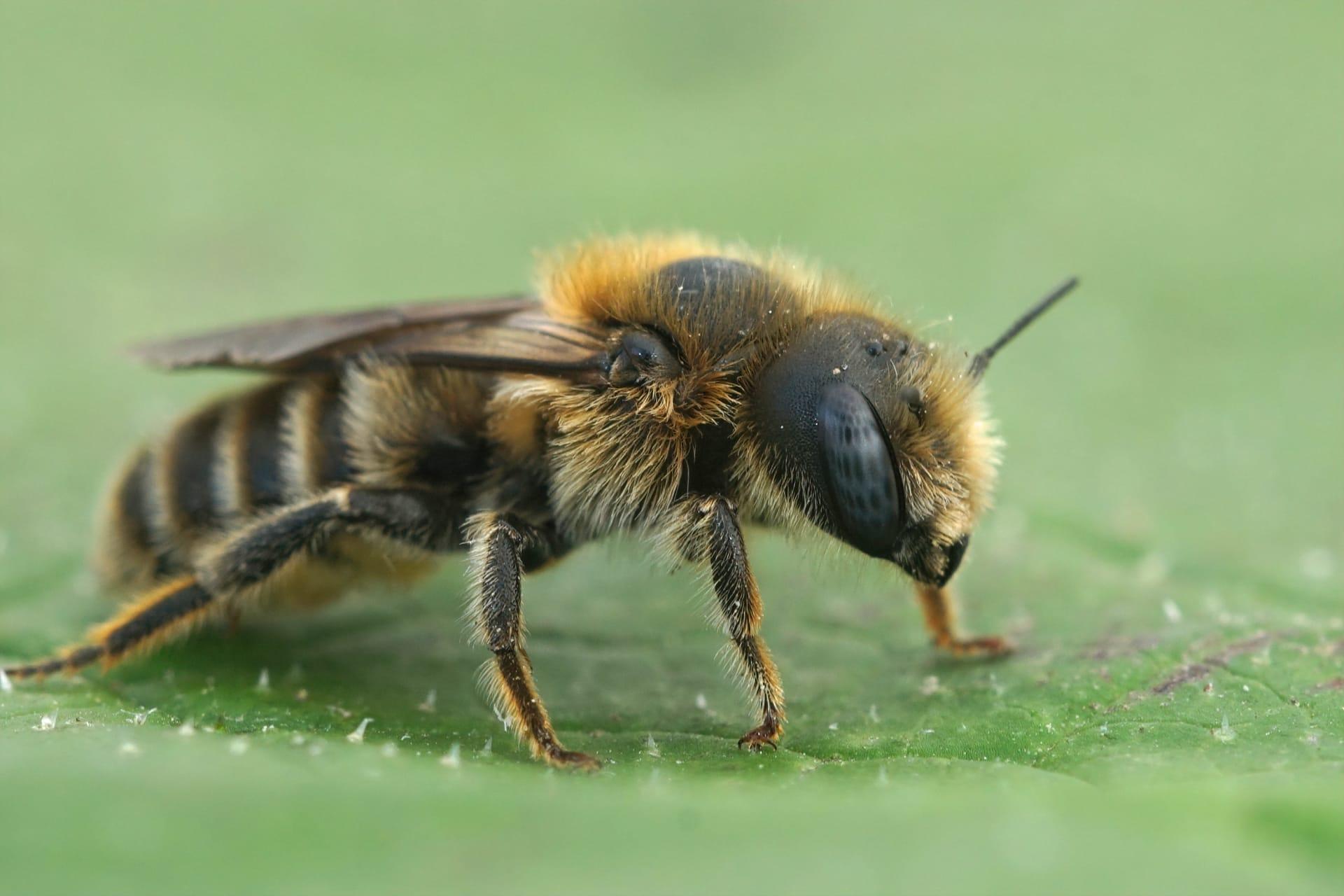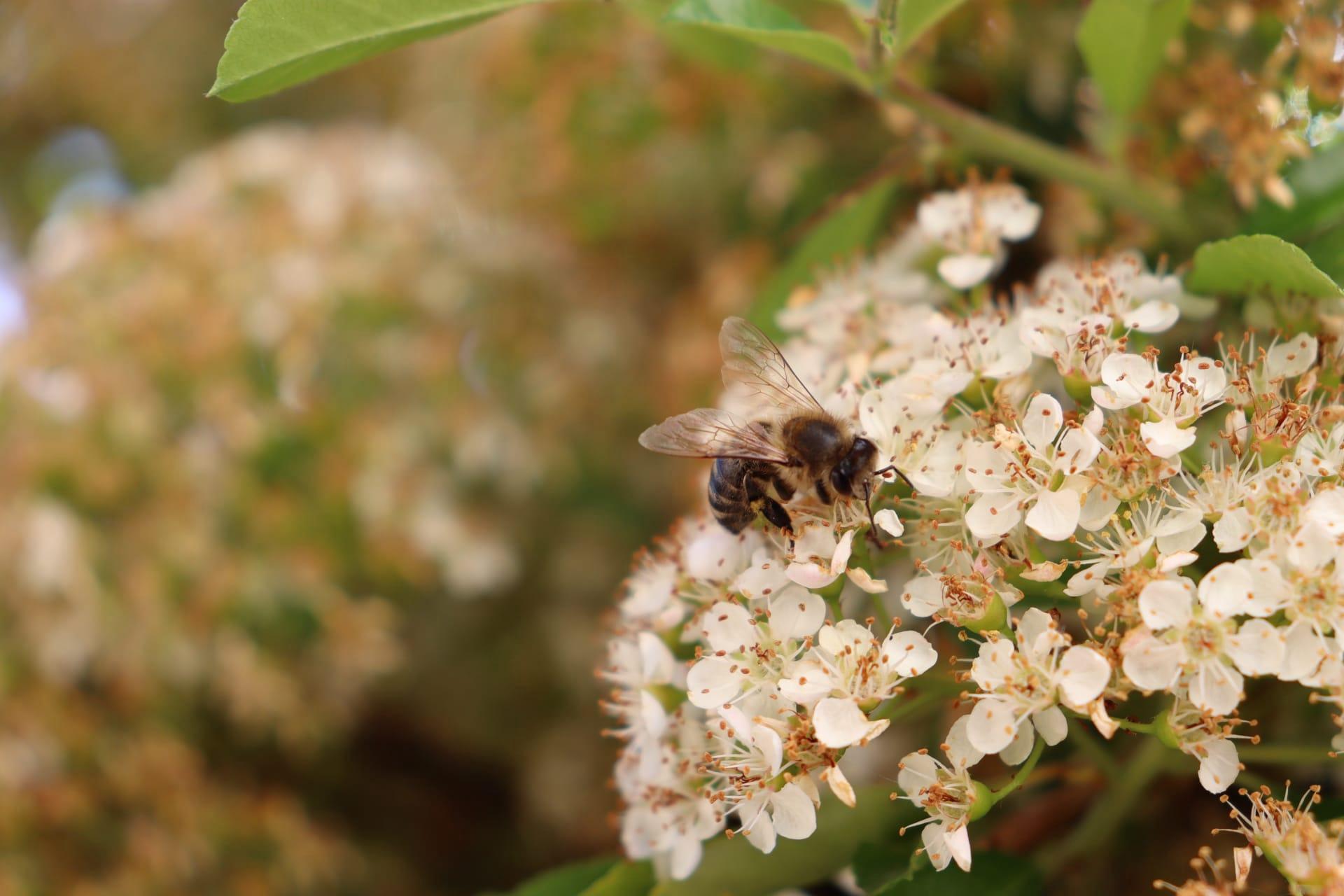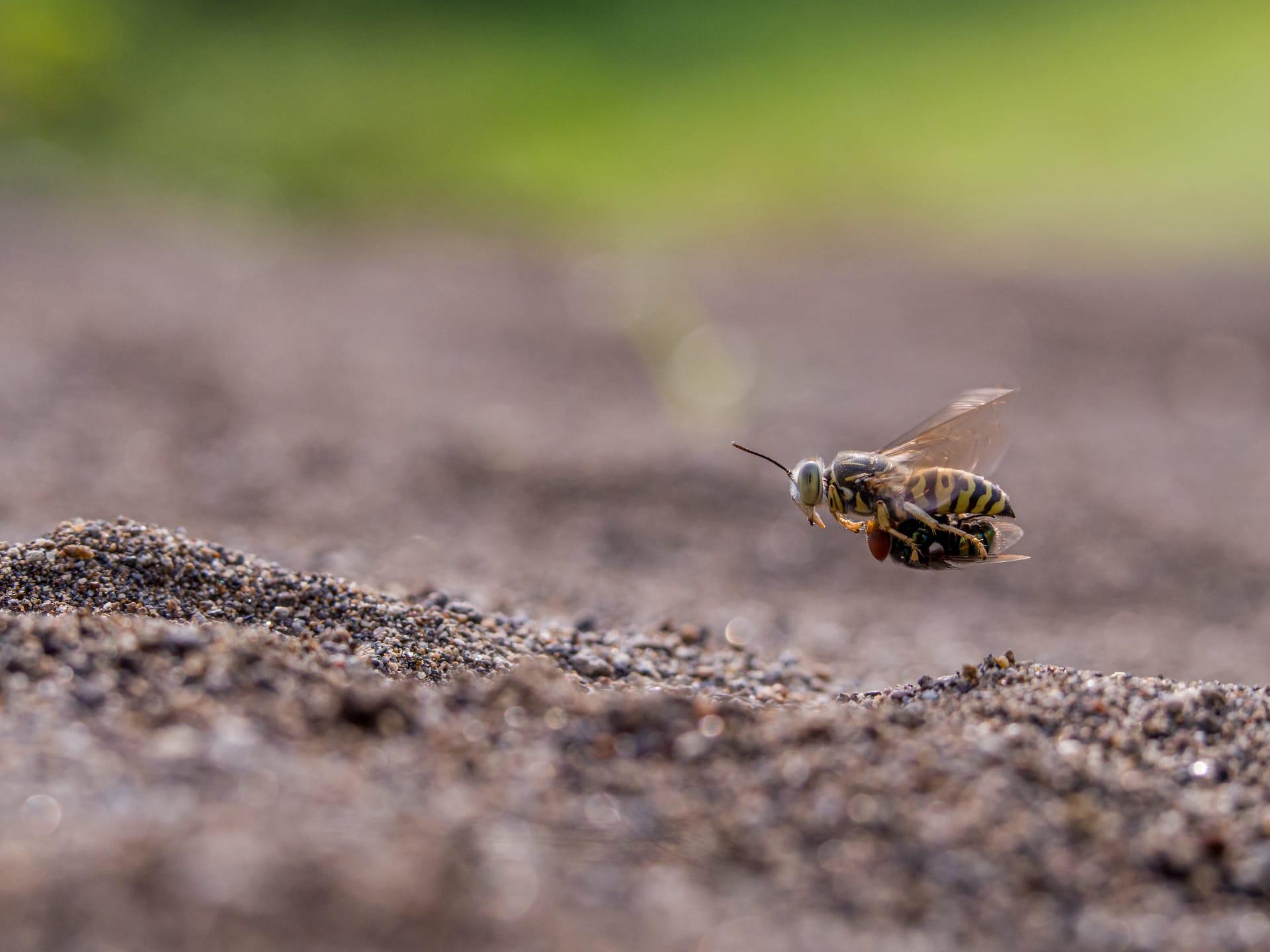Ground Bees Characteristics
- Home /
- Mini Encyclopedia /
- Animal /
- Ground Bees Characteristics
1
Ground bees, a fascinating group of solitary bees, are remarkable for their unique physical characteristics. Typically, these bees measure about half an inch in length, with some variations depending on the species. Their lifespan, interestingly, is relatively short. Most ground bees live for about one year, during which they complete their life cycle from egg to adult. This fleeting lifespan highlights the efficiency and importance of each stage of their life.
One of the most distinctive organs of ground bees is their robust mandibles, which are much more pronounced than those of their honeybee relatives. These powerful jaws are not just for defense; they play a crucial role in the bees' underground lifestyle. Ground bees use their mandibles to excavate intricate tunnels and chambers in the soil, where they nest and protect their offspring. This behavior is a remarkable adaptation to their terrestrial habitat, enabling them to thrive in a variety of soil types and conditions.

2
Question: "Why do ground bees prefer to nest in the ground instead of in hives like honeybees?"
Answer: Ground bees' preference for nesting in the ground is rooted in their solitary nature and evolutionary adaptations. Unlike honeybees, which live in large, cooperative colonies, ground bees are primarily solitary creatures. Each female ground bee establishes her own nest in the soil. This nesting strategy provides several advantages: it offers protection from predators and harsh weather, and the soil environment helps in regulating temperature and humidity for the developing larvae. Additionally, ground nesting allows these bees to be near their food sources, primarily pollen and nectar from flowers, which they forage at ground level.

3
Ground bees exhibit fascinating locomotion traits. They are adept flyers, capable of swift and agile movements in the air. This agility aids them in foraging and evading predators. On the ground, they are equally skilled, using their strong legs to navigate and dig into the soil. Their flight patterns are often characterized by quick, darting movements, a trait that helps in locating and returning to their nests with remarkable accuracy.
When it comes to feeding, ground bees have a diet primarily consisting of nectar and pollen, similar to other bee species. They play a crucial role in pollination, transferring pollen between flowers as they forage. These bees have a preference for certain types of flowers, often those that are native to their habitat. Their foraging habits are influenced by the availability of these food sources, and they can travel considerable distances in search of nourishment.

4
Ground bees thrive in a variety of environments, but they show a particular preference for dry, well-drained soils exposed to sunlight. They are commonly found in meadows, gardens, and sometimes in lawns. These environments provide the necessary conditions for their underground nests and are typically rich in the floral resources they need. Ground bees avoid overly moist or shaded areas, as these conditions are not conducive to their nesting habits.
The reproductive behavior of ground bees is unique and fascinating. In early to mid-spring, males emerge first and await the emergence of the females. After mating, each female bee constructs her own nest in the ground, where she lays her eggs. She also provisions these nests with a supply of pollen and nectar, which serves as food for the larvae once they hatch. The female's role is crucial, as she single-handedly ensures the survival of her offspring, from nest construction to food supply.

5
Book: "The Secret Life of Ground Bees" by Emma Richardson, published in the United States in 2018, offers an in-depth look into the world of ground bees. Richardson, an entomologist, provides a detailed exploration of their behavior, habitat, and role in the ecosystem. The book combines scientific research with engaging narratives, making it accessible to both enthusiasts and experts.
Book: "Ground Bees: Guardians of the Soil" by Dr. Henry Andrews, a British author, released in 2020. This book delves into the ecological significance of ground bees, highlighting their contributions to soil health and biodiversity. Andrews uses case studies and personal observations to illustrate the intricate relationships between ground bees, plants, and their environment, emphasizing conservation efforts.